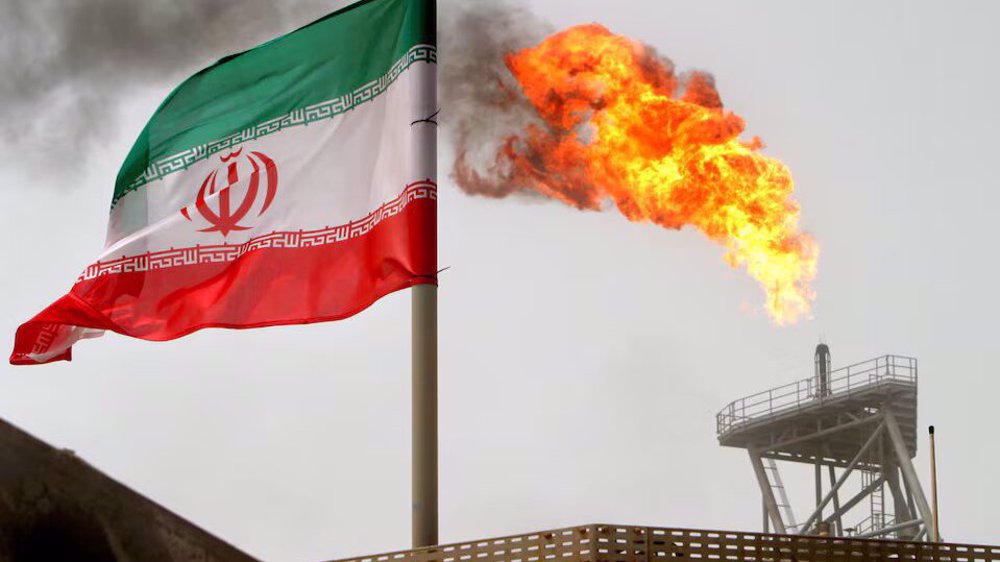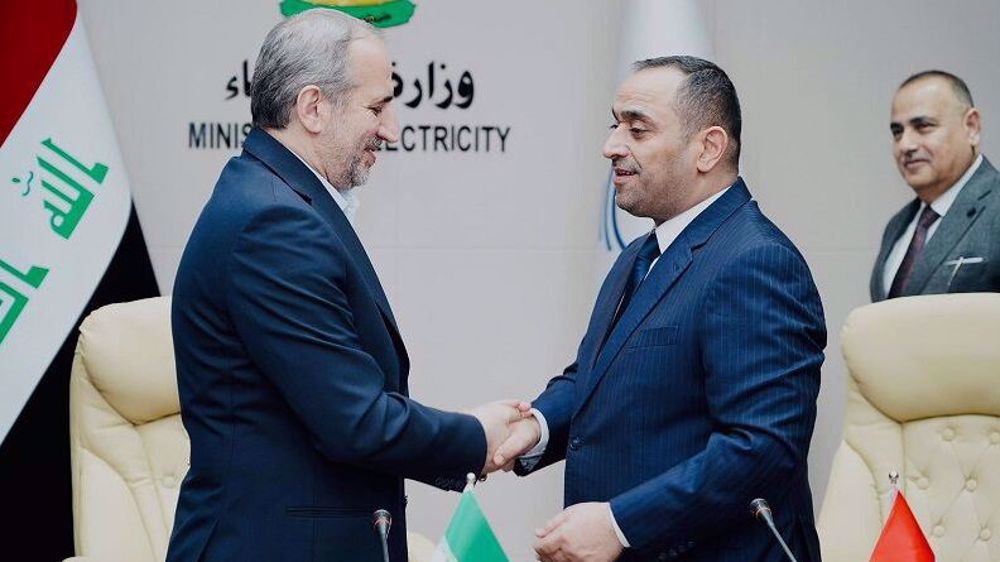Is Iran a gas empire in the making?
Iran is wooing foreign investors to attract billions of dollars in gas infrastructure as global trade in gas products is expanding rapidly.
With more than 34 trillion cubic meters under its belt, Iran owns the world’s largest natural gas reserves but its share of the global trade in gas is less than one percent.
The country is in a race against time to embolden its footmark in the market as global interest in gas expands rapidly and the shale gas is tightening rivalry among producers.
"Natural gas will be the main fuel in the next 20 to 30 years,” international affairs director at National Iranian Gas Co. Azizollah Ramezani has said.
Iran has signed a raft of initial agreements with a number of neighbors in recent years but the plans have remained on the paper only as Western sanctions have curbed trade engagement with the Islamic Republic.
Currently, Turkey is Iran’s biggest customer with 30 million cubic meters a day of imports under a 25-year deal signed before the West imposed sanctions on Tehran.
Iran also exports gas to neighboring Armenia and Azerbaijan but the volumes are not significant.
Exports to Iraq are to start this year to feed three power plants in Baghdad and Diyala through a pipeline. A separate pipeline will be built in the next two years to transfer gas to Basra in southern Iraq.
With the much-anticipated lifting of sanctions, officials hope to attract $40 billion in the gas industry. The investment has to go to building new infrastructure and expanding the gas transfer network.
Iran seeks to raise gas production to 1.2 billion cubic meters (bcm) a day in five years, from 800 million cubic meters now. Annual output totals 166 bcm, which is mostly used at home.
The country exports 10 bcm of gas per year. To put it in perspective, Russia exports about 150 billion cubic meters of gas a year.
With the execution of new projects, Iran’s aggregate gas pipeline length is expected to double to more than 70,000 kilometers, making it the third transfer network after those in Russia and the US.

Regional hub
Experts believe Iran is best placed to assume a major role in the global gas market.
Huge reserves, vast processing and transfer networks, easy access to major markets and potentials for piping gas to Europe and Persian Gulf states and swap arrangements with neighbors grant the country an advantage.
For the immediate future, Minister of Petroleum Bijan Zangeneh has said Iran can count on becoming a regional gas hub through exports to neighboring countries.
"Our priority is first to export gas to neighbors because pipeline exports are not profitable as there are transit fees and pipeline installation costs. We first will try to saturate the regional market," he said in November.
Iran can become a gas hub between north and south because all the Persian Gulf countries, except for Qatar, are big gas consumers, he suggested.
Other officials have said Iran was thinking of a pipeline, bringing Turkmenistan gas from its north in the Caspian Sea to Chabahar on the Sea of Oman.
Plans for gas also include the export of LNG to Asia and foreign investment in related facilities.
Last month, officials said Iranian companies and a French firm had reached a final agreement on floating production of LNG from associated gas at an oilfield in the Persian Gulf.
Iran, Pakistan to bring peace, stability to region through cooperation: Raeisi
'Regrettable': Iran slams EU sanctions, says bloc satisfying criminal Israeli regime
Hamas to survive as Israel fails to destroy command centers, tunnels: US media
April 22: ‘Axis of Resistance’ operations against Israeli occupation
N Korea holds first ever 'nuclear trigger' drills, simulates counterattack
VIDEO | Press TV's news headlines
VIDEO | The Rise of Palestine Action
Pro-Palestinian protests gain momentum across US universities










 This makes it easy to access the Press TV website
This makes it easy to access the Press TV website